|
The first thing that hits you when you wander into one of Laos markets is the smell; the pungent aroma of fish sauce, for me, will forever be synonymous with Southeast Asian bazaars. Added to this, an olfactory fusion of garlic, frying shrimp paste, spices, chilli, mango, coconut, honey and fresh herbs and your senses are overwhelmed. Meat and fish form a large part of Laotians diet, in the market your dinner couldn’t get much fresher (if a tad unhappy) with cages full of ducks and chickens. Plastic sinks and concrete tanks writhe with Catfish and Tilapia, traders dipping nets in and trying to contain the flapping, protesting catch on archaic weighing scales before tipping the ill-fated fish into a plastic bag. Breathing purchases are not just limited to everyday livestock; frogs, lizards, crickets, cicadas and even some very unlucky rodents are lined up in boxes for the more exotic Lao tea-times. No part of an animal is wasted in Laos, women meticulously pick the meat from a pig’s ribcage while the trotters and snouts are piled high. Piles of tripe are folded carefully for sale alongside severed buffalo hooves and entire pig’s heads. A woman cuts slices from a huge plastic bowl containing bright red congealed blood, as always the butchers section is not for those with weak stomachs! Colourful canopies of overlapping parasols and awnings shade the piles of fruit and vegetables from the strong Laos sunshine, creating a rainbow of light over an already vibrant display of lychees, passion fruit, strawberries, cherries, oranges and apples. The midday heat starts to hit the stall holders busy since dawn and women doze head-down on piles of cabbages or snooze stretched-out on loungers next to their flapping fish stand. The Laos snack-of-choice, fried pigskin, is portioned in bags sitting alongside rows of mystery powders, dried plants, obscure berries and roots and clear bottles of unidentified liquids and oils. The market is not just a practical place for supply purchase, it’s the pulsating hub of the community, a place where livelihoods are made and the rewards of hard work are earnt. Families work together and friends catch up over coffee and noodles, children run between the stalls and young people meet on scooters. If all the browsing makes you hungry, every market has snack stalls serving endless portions of the ubiquitous noodle soup- a steaming bowl of clear chicken broth into which additions are ladled from plastic containers under the bench; fish balls, shredded chicken, spring onions, bean-sprouts, rice noodles, cabbage, fried garlic, chilli and fish sauce. It takes some skill to work the small ladle/chopstick combo but once mastered this dish is a delicious shop-stop and a healthy fast-food bargain at less than £1 a bowl.
0 Comments
My hands-down (hands-in!) favourite feed in India was the Thali. These ‘set meals’ were always the best value and represented an assortment of typical, local food of the area, varying enormously between states and regions. Thali’s were always the most popular choice in cafes and restaurants so you were eating the freshest food, albeit often a mystery as to what would appear on the table in front of you. Thalis are incredible value, in Thokkilangadi, Kerala, we paid the equivalent of 45p for a Fish Thali, with as much as you could eat. The word ‘Thali’ can be translated directly as the Hindi word for ‘plate’ or ‘tray’, on which the set meal is served. The only choice you generally have is Veg, Fish or Non-Veg, with vegetarian being the most common. As everything is prepared and bubbling away in huge pots in the kitchen, your meal is presented in minutes. The meal is like a colourful, symmetrical, work of art; sometimes the selection of curries and dahls are ladled into small, round, individual, metal bowls, sometimes piled carefully directly onto a round metal tray or banana leaf, occasionally into pre-formed plastic trays. On the side, pickles, chutneys, sauces, salad, salt, fresh chillies, onion and yoghurt raita are carefully placed. Some Thalis include a desert also, a tidy portion of syrupy Gulab Jamun, sweet semolina rice, ice-cream or sticky Jilabi. If you’re hungry, the Thali is a delight as once you’ve emptied one small bowl, it is re-filled; in busy restaurants men with narrow metal buckets filled with Sambar, Dahl and Curry fly round the floor ladling out top-ups to every table. Cutlery is not an option, locals expertly mix the components of the Thali together with deft fingers- food unanimously tastes better when eaten by hand. Variations are endless, in the south rice is a more common accompaniment whereas breads feature more heavily in the north. Thali’s reflect the wide-ranging cuisine of the country, coconut-based down south with fish, and creamy, meaty curries in the north, every time is a surprise and a delight with no tough menu decisions to be made.
There is simply no better way to start your day in the South of India than feasting on one of the regions fresh, mouth-watering breakfasts. Roadside, beachside, village, town or city, tiny cafes, restaurants and street stalls churn out simple breakfast staples to a steady flow of hungry morning diners. Varying from a simple shack with a single steaming pan of Idli to a shiny modern canteen with a Dosa list as long as the monster pancakes themselves, breakfast is a meal not to be missed when in the southern states. Dosas are thin pancakes made from fermented rice flour batter, they can be crispy and plain (Saada Dosa), stuffed with spicy potato curry (Masala Dosa), made with semolina flour (Rava Dosa), a pile of thick and fluffy dosas with lentils (Set Dosa) or white and watery (Neer Dosa). Flat, round, rolled-up, triangular or conical, the Dosa shape is often as diverse as its filling. The same rice flour batter is also used to make Uttapam, a thicker crepe that often has onion or tomato mixed in with the batter. Ubiquitously served with fresh coconut chutney and Sambar, the chutney is often so fresh we once waited for the guy to climb a nearby palm tree to cut down the coconut to make it. Sambar is a watery, spicy lentil-based vegetable stew which is synonymous with south Indian dishes, dunking your Dosa or Idli into a small metal bowl of piping hot spicy liquid is a standard part of the breakfast routine. Idli are soft, white, steamed lentil rice cakes, like round fluffy pillows of deliciousness waiting to be dipped into fiery Samba and velvety coconut chutney. Vada are doughnut shaped fritters made from lentil or chickpea Dahl, deep fried so they are fluffy and light on the inside and golden and crispy on the outside. Sometimes served alongside Idli, they are also dipped in the universal Chutney and Sambar.
With plates of Idli or Vada costing as little as the equivalent of 30p and a Dosa around 50p, breakfasts in the south were fast, fresh, inexpensive and utterly delicious, we miss them already! Here is a summary of some of the minor pieces of equipment we carry that are so useful on a daily basis we now couldn’t imagine adventuring without them. At the start of any trip it’s difficult to know exactly what to take when you have limited space and budget but as this list of little gems proves, it’s often the most basic, cheap and unassuming objects which are the most ingenious, utilised and valued. The Red Basket
Pegless Elastic Washing Line
'Baby Legs' Torch
Cargo Net
Sticky Back Velcro
SPOT Locator
Sink
Knife, Fork and Spoon Set
Diesel Stickers
Galileo Pro Maps App
Key Lanyard
Paper Fan
Sunglass Case Multi-holder
Thermometer
Torches
Vegetable Bags
Legend has it that wine was invented 8,000 years ago in Georgia, a small country which still produces over 100 million bottles of beautiful wine varieties every year. Whilst immersing ourselves in this important part of the country’s heritage, we felt it necessary to soak up the potent grape juice with some of Georgia’s delicious array of culinary specialities and these are some of our favourites. We lost count of the Khachapuri we consumed throughout the country owing to their availability everywhere, low cost and variety. Predominantly pastry based, these hefty parcels were sufficient for a lunch or dinner snack and sold on every street in many small bakeries producing them fresh from the oven. Triangles, squares, slices, circles stuffed with melted cheese, ham, garlic mushrooms, potato, salty panir, onion… whichever you point to and pick it’s a snack lottery with a win every time. Adjaruli Khachapuri from Adjara region is a particular speciality, the pie is shaped like a boat and brimming with hot melted cheese and butter swimming round a warm, runny egg. Khinkali are the ubiquitous Georgian dumplings, the filling stuffed raw and cooked so all the piping hot juices stay inside, to be politely sucked out on the first bite. The tough, twisted top is purely for practical reasons and traditionally discarded on the plate (although then you can’t ignore how many you’ve devoured in one sitting). Filled with mixed beef and pork mince with onions and garlic, but also sometimes stuffed with herby mushrooms, cheese or potato, these delicious dough finger-foods are cheap and cheerful eats sold everywhere. For a slightly more refined appetizer, my favourite was Badridzhani Nigvsit, delicious slices of lightly fried aubergine topped with a rough, garlicky walnut sauce and decorated with pomegranate seeds. And for something sweet? Churchkhela is definitely unique to this region and looks more like a slightly mouldy, lumpy sausage than a syrupy delicacy. These odd-looking sweet snacks are a string of softened walnuts dipped in a thick, fragrant red or white grape juice and flour mixture, sometimes with honey. After the initial acceptance of such a novel taste and texture combination, chewing a Churchkela is actually very pleasurable and weirdly addictive.
Arriving at 5am in pitch blackness, I followed the mist-shrouded path by torchlight, the sound of singing greeting me as I opened the church doors and stepped inside. Jikheti Church, hidden in the dense forest hills of Georgia’s Guria region, was atmospherically lit by candles. I assigned myself a high-surrounded wooden pew at the far side; a prime front row view of proceedings but possibly one above my rank as I then noticed the younger nuns perched uncomfortably on small hard stools at the back. Nuns shuffled around the church in black robes and veils. Relieved at my foresight to wear a headscarf, I hadn’t predicted the unsuitability of combat trousers so was kindly issued a wrap-around skirt for decency (coincidentally in Khaki which complemented the adventure chic look). My inner feminist silently protested that the man also in attendance was wearing ill-fitting, tatty sportswear trousers which surely any god would find more offensive. I was also wearing two pairs of pyjama bottoms underneath said trousers, less of a respectful gesture and more because a stone church in the Georgian foothills at 5am in April is not the warmest of places to be sitting for long periods of time. Candles were glowing from underneath portraits of saints adorning the walls, causing the gold paint to shimmer and halo’s to glitter. As nuns and monastical congregation members entered the church, they would genuflect towards the altar then kiss and place their foreheads gently on several framed portraits and the carved wooden panelling. A nun stooped over a wooden lectern and unwaveringly recited verses from the bible, barely pausing for breath and reading each line perfectly and melodiously by candlelight. Similarly, nuns sat around the room followed the words unfailingly by the flickers of their delicate beeswax candles. A deep, man’s voice boomed from behind a carved white stone altar piece at the front of the church, immediately followed by a beautiful melodic singing from the nuns, the church echoing with their harmonious response. I copied the nearby nuns and stood up politely during this recital however, now the foremost person, I was not able to see when I should sit down again so subtly strained a look from the corner of my eye and listened for the creaking of wood as pious bottoms rested back on benches. Nuns ushered around the shadowy room, busy with lighting candles, appearing from hidden nooks behind concealed wooden panel doors. A table was carried by two younger nuns into the centre of the church and items of food were carried through the heavy doors and arranged neatly on top. Large loaves of bread, cake, bottles of oil, flasks of water, jars of preserved apricots and a bottle of wine (too early surely, even for me?). I assumed this was a ‘breakfast blessing’ as more thin beeswax candles were arranged on top of this sanctified buffet, conveniently wedged into bread rolls. The faint blue light of dawn appeared through the arched windows of the dome high above, dimly illuminating the encompassing fresco of Jesus with arms outstretched. Simultaneously, a chorus of birds began their own early morning celebration to the end of night and arrival of day. The simultaneous songs of praise, both spiritual and natural, strangely complemented each other in chanting and chirping unison. A younger monastic helper appeared from behind the altar hideaway first, the trim on his dark robes reflecting brightly like a high-vis safety vest in the half-light. He was followed by clearly the master of ceremonies, the ‘voice from the vestry’, a priest with a huge white beard, veiled hat and billowing cloak of pearlescent white. He swayed a grand silver incense burner, shaking high-pitched bells in time to each swing, and wafting clouds of surprisingly sweet and floral smoke behind him. He passed round the small congregation, waving fragrant vapour over each individual. I bowed my head on his approach but, curious for a close look at this wizard-like minister, I glanced up and caught his eye; he met my gaze curiously and sternly and I’m sure I received twice as much holy smoke as everyone else. The high priest stepped out of both church doorways and wafted the incense smoke into the cold, foggy morning air. He then retreated back into his sealed off sanctuary, through another concealed door of a life-size saint painting. An older nun approached the altar carrying a large book and, skilfully balancing a candle at its corner, dutifully recited several passages. The loud bells from the tower above rhythmically chimed bong… bong-bong… bong… bong-bong, joined in a unified chorus by a rhythmic shaking of ceremonial bells. Reappearing once more, the younger assistant carried a heavy wooden lectern to centre-stage and the high priest began reading from a thick book. After two mesmerising hours I slipped out of the side door when, almost ready to hit the road, Nino, a nun who spoke English, came to our camp outside and kindly invited us for breakfast. A table had been lovingly laid-out specially for us; the nuns follow Jerusalem time so were not due to eat for another couple of hours. The dining room contained long, wooden tables and benches, the surrounding walls beautifully painted with religious murals including an entire wall behind Andy depicting the last supper. I consider myself a spiritual person in a non-religious way, personally a resolute non-believer in higher beings of creation and afterlife. I am however always emotionally moved by services of worship and forever fascinated by the peaceful beauty, ceremony and traditions of churches, mosques, synagogues and temples. To witness this daily dawn ceremony of worship, duty and servitude was a privilege. To be welcomed to stay and share breakfast with these, often mysterious and isolated, female monastical communities, was an absolute honour and a memory I will cherish forever.
A lasting memory of Armenia will be the warmth of the people we met there, we were welcomed so many times into people’s homes and spent many memorable hours sharing food, wine, cognac and oghi (the latter not so many memories of!). On one misty morning, we set off from Kapan for a days adventuring with our new friend David in the mountains of southern Armenia’s Syunik province. We explored the villages and landscape of Shikagogh nature reserve, a beautiful, remote expanse of 100km2 of untouched forest. We stopped in tiny Tsav village and were welcomed by David’s brother in law and his family to join them for lunch. We were met with a feast of local specialities and homemade dishes including Zhingalov Khats baking on the hot metal of the wood-burning stove in the living room. It was a cold, grey, drizzly day in Niksar, Turkey but as the door to the household kitchen swung open we were met with two kinds of warmth; that of the wood burning stove blazing in the corner and the welcome friendliness of a Turkish family. Having met our campsite owner, Tunay, only the previous day he had proudly embraced the visitors to his home town and invited us to eat with his family the following day. As is often the way with home-cooking, the mix of dishes was delectably different from the occasional kebab street-eat we had sampled so far across Turkey. ‘Çay’ is the staple throughout the day- black tea sipped from small, tulip-shaped glasses with plenty of sugar. The tea kept flowing, topped up from a double teapot on the stove; strong black tea from one spout and hot water from the other.
We frequently encounter such hospitality, warmth and openness from people in foreign lands, an unforgettable experience and fond, lasting memory.
Our tasting travels of the Balkans; unlikely to want to eat pastry for a while again but overall a unique culinary experience of the regions cheap eats. Who needs fine dining and fancy restaurants when the real specialities of new countries are found in stalls, takeaways, markets and roadside cafes.
|
Archives
July 2020
Categories
All
|
Proudly powered by Weebly

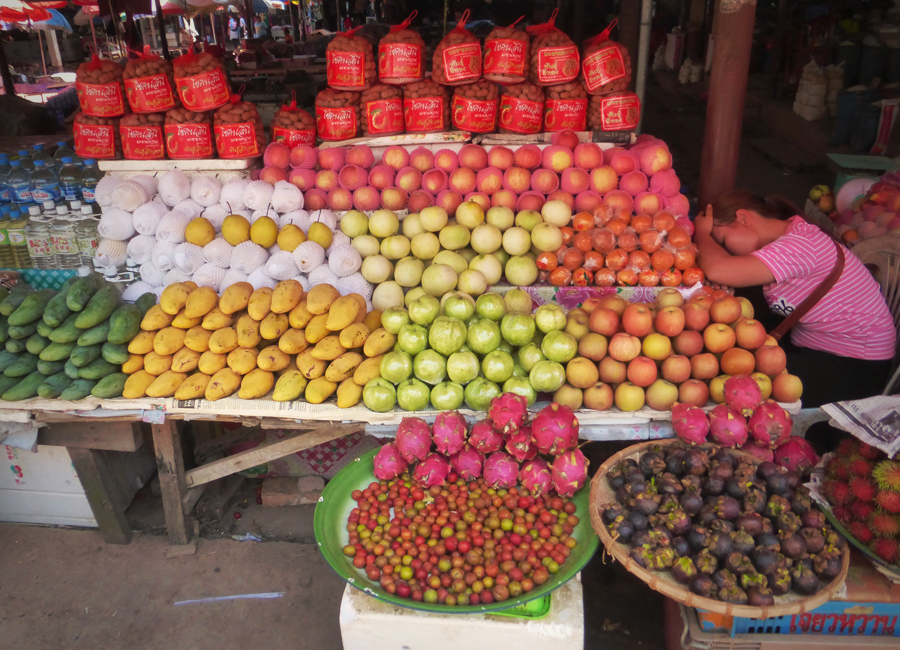
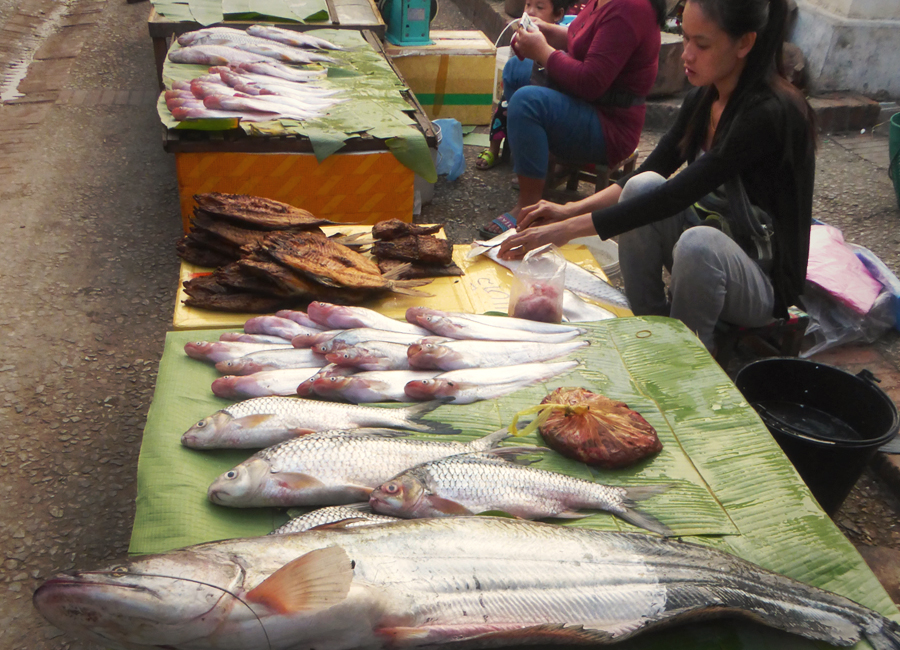
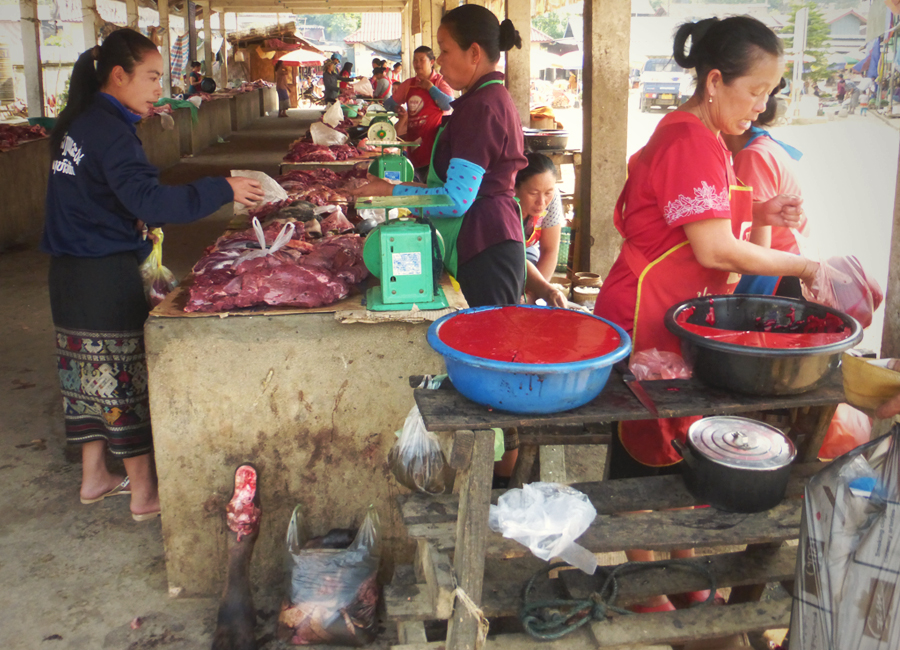
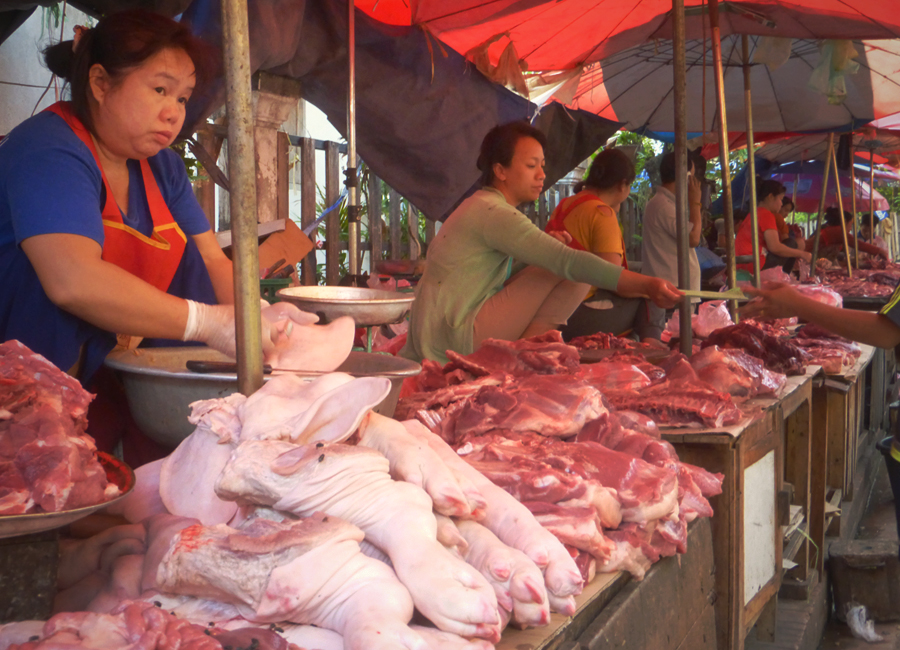
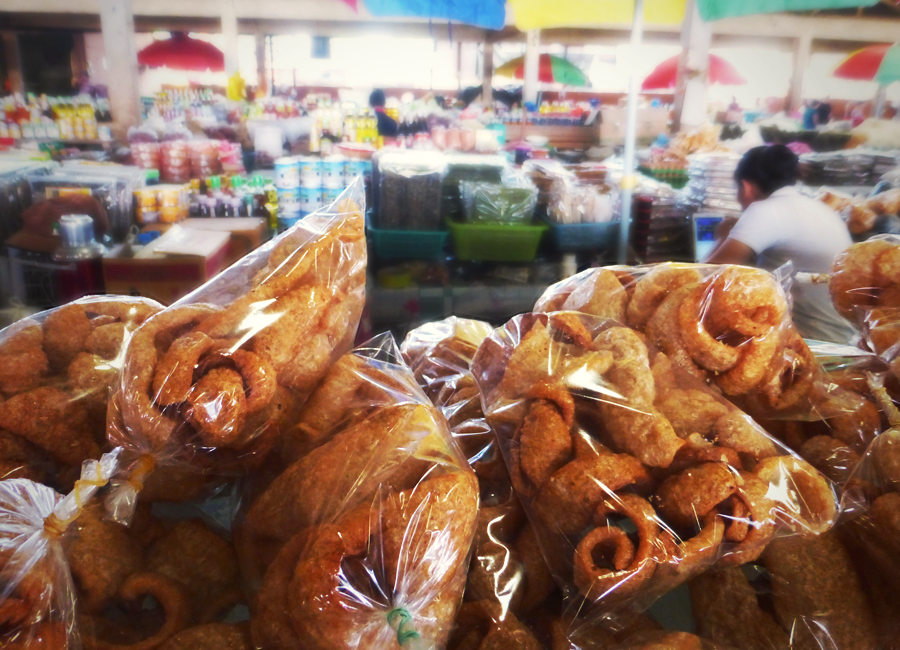
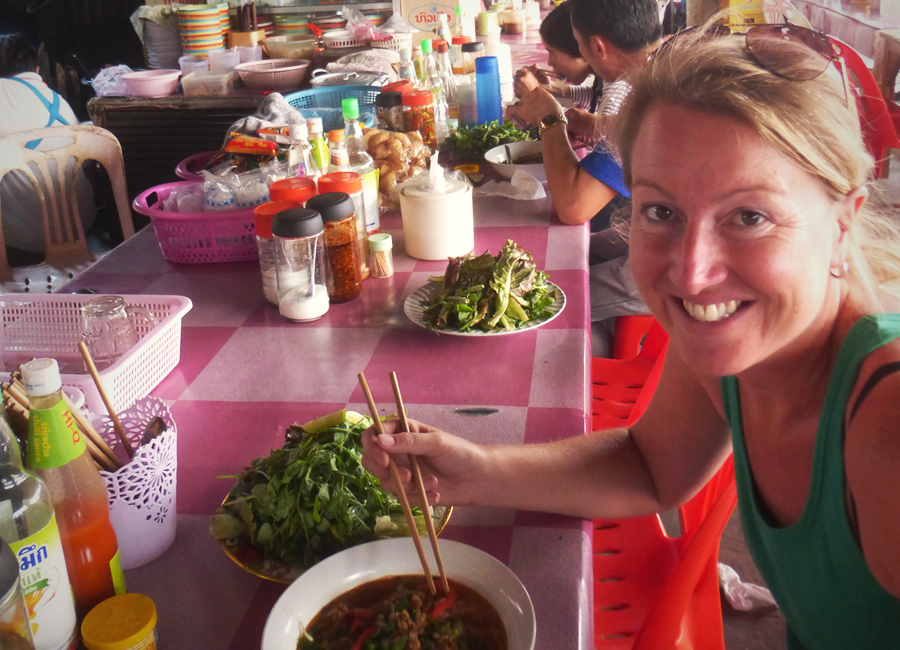
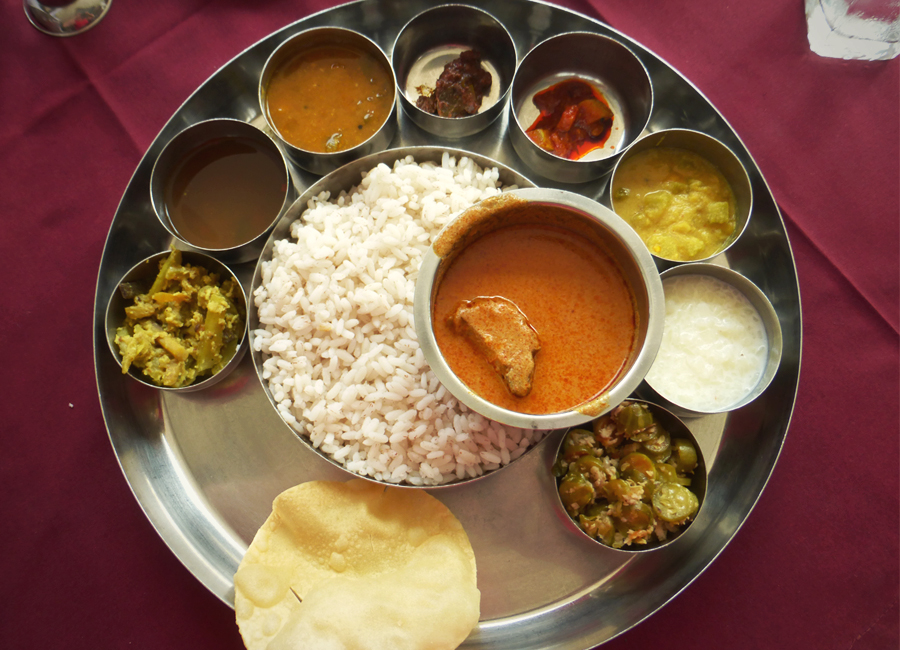
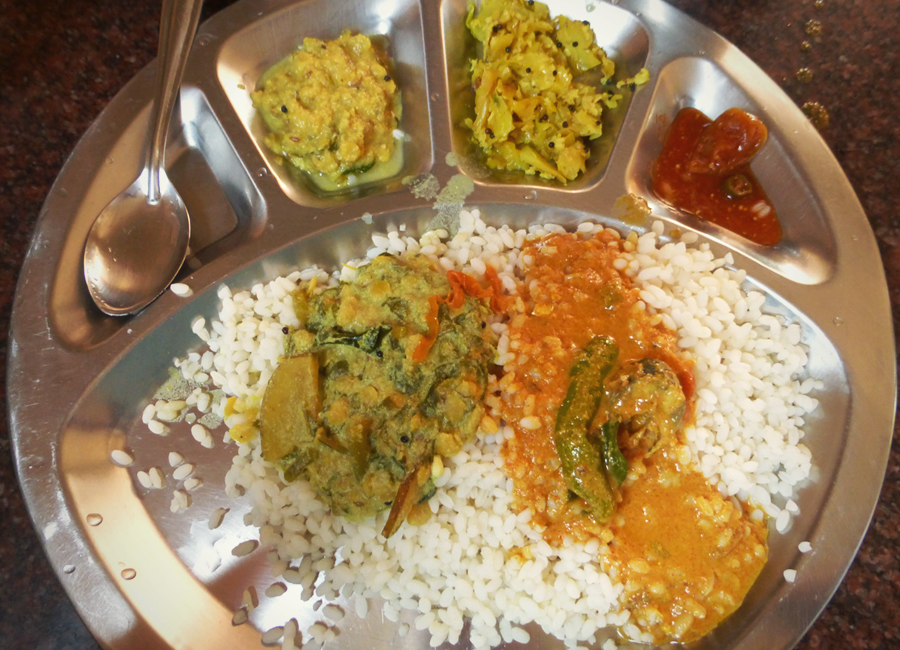
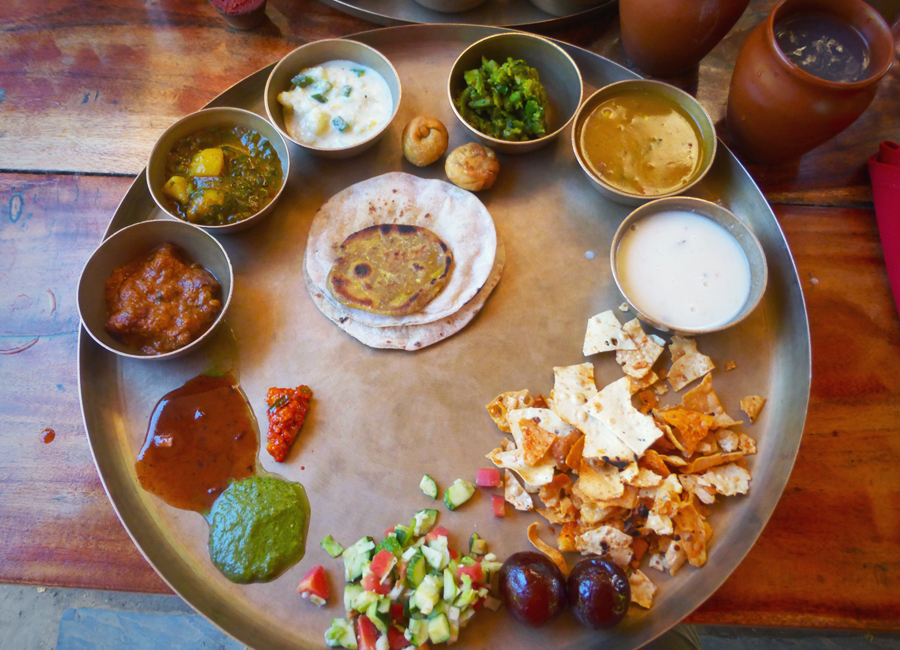
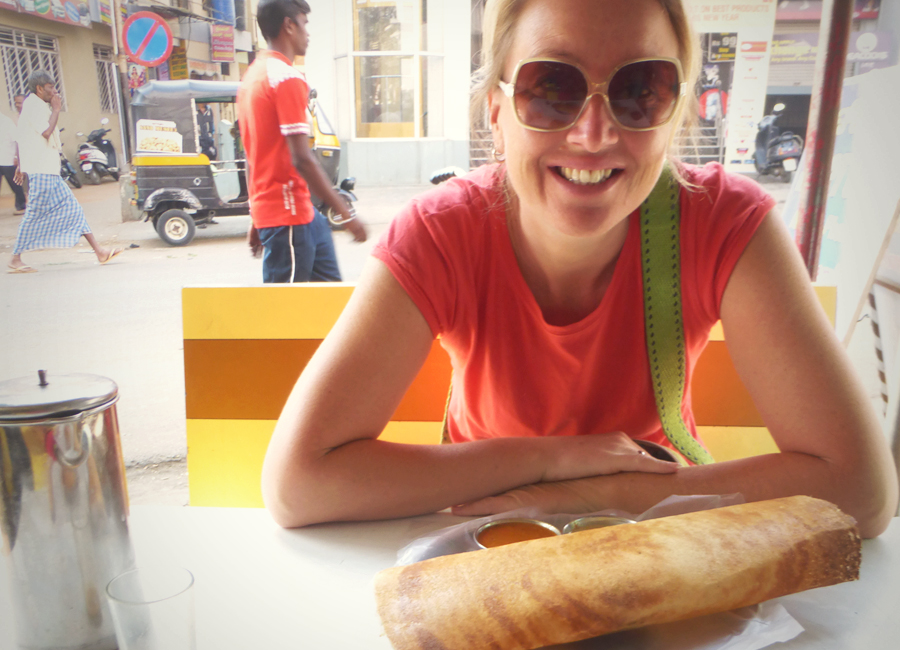
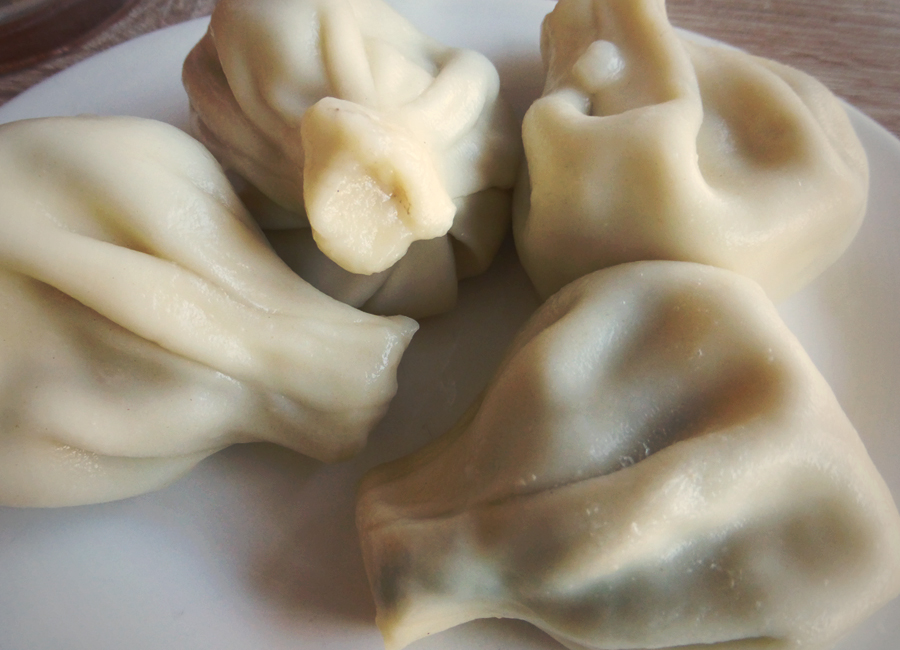
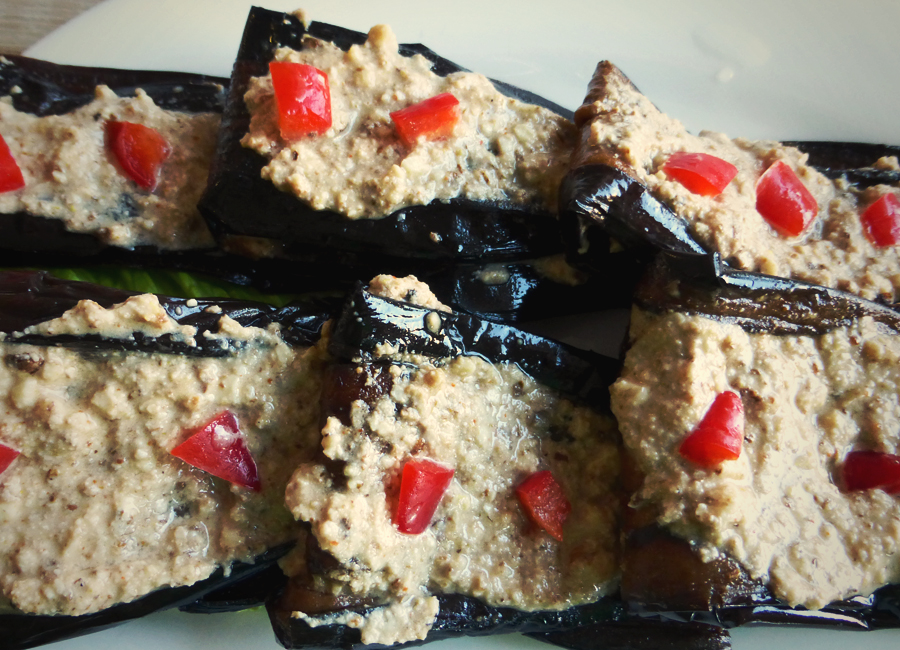
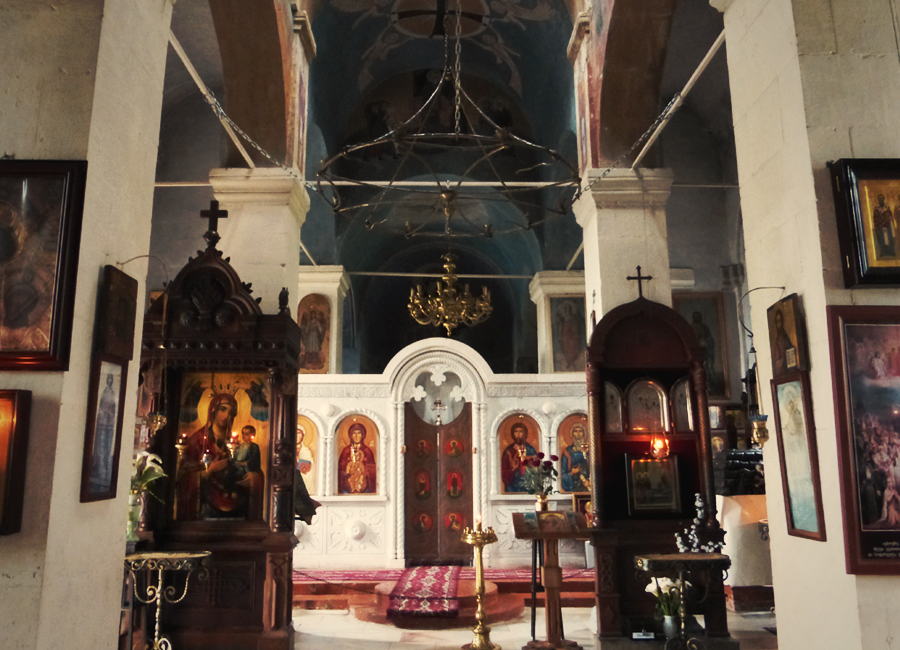
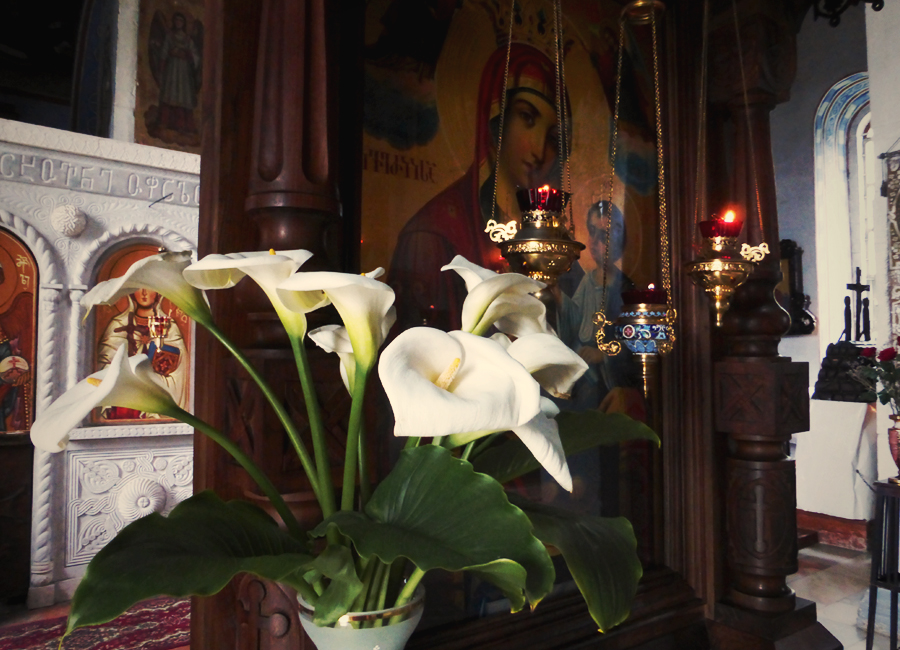
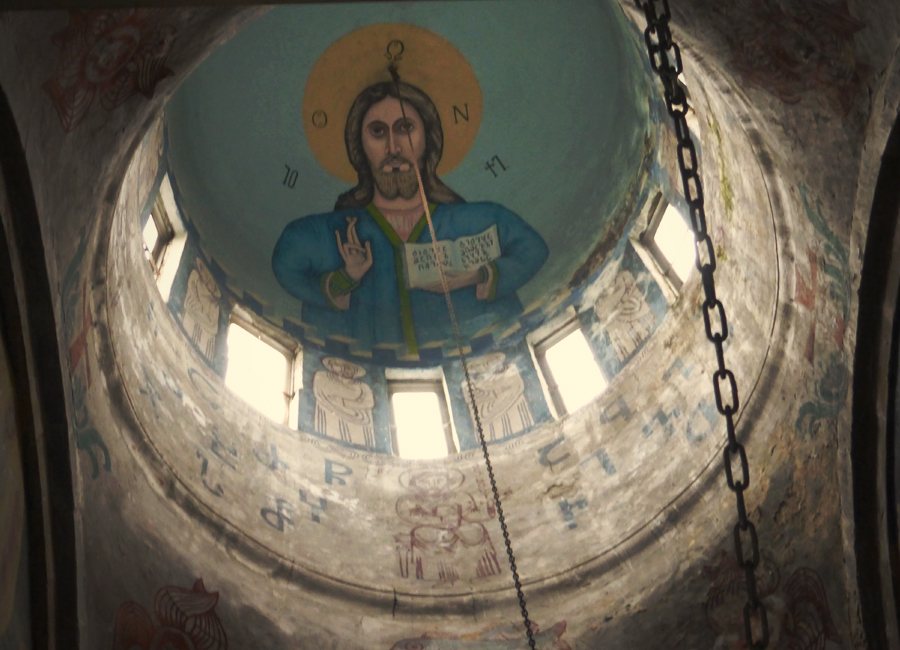
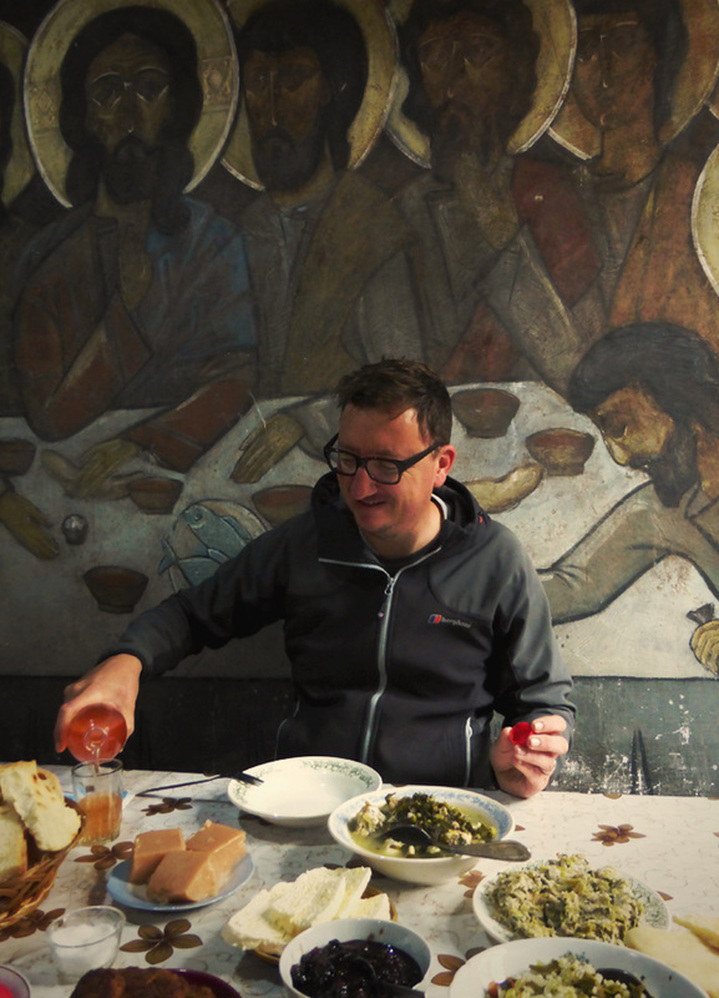
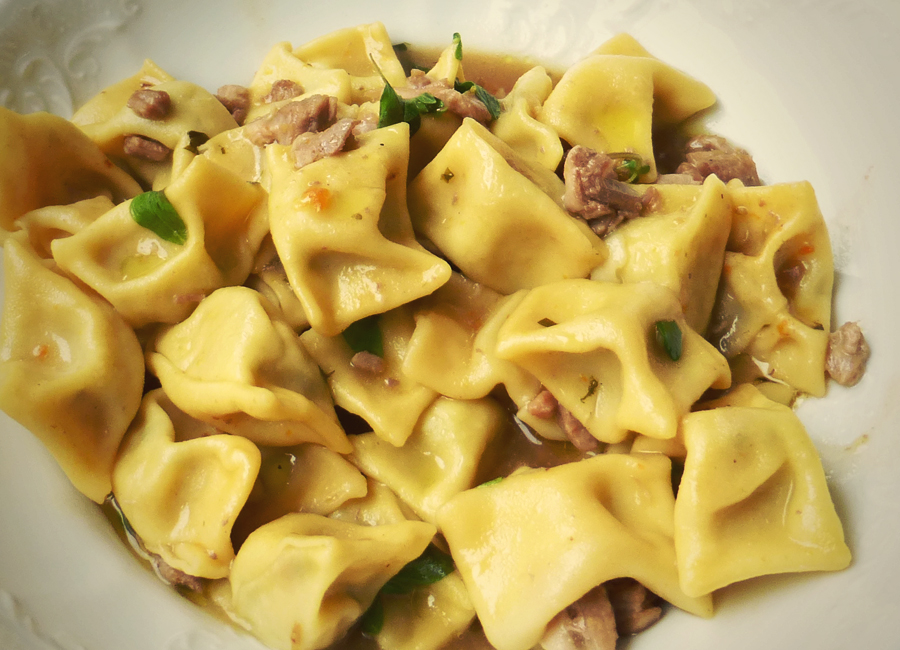
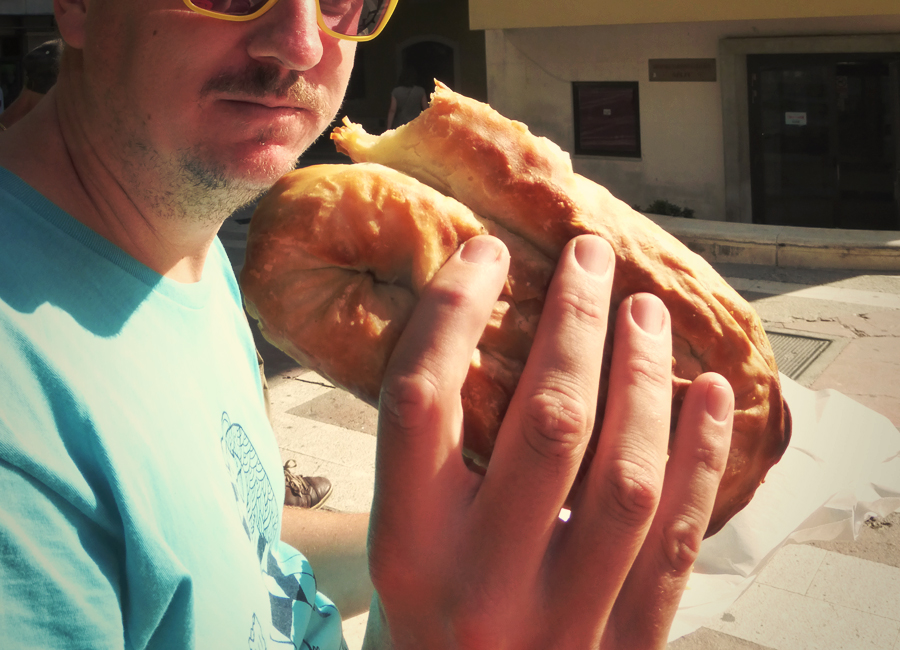
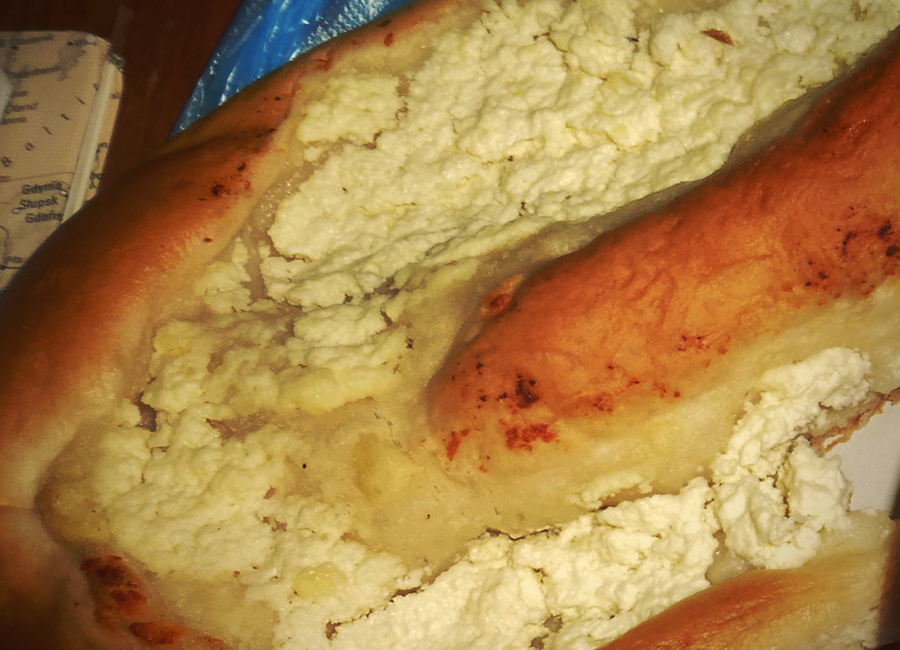
 RSS Feed
RSS Feed